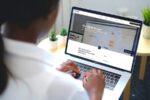The Rise of Deepfake Technology: Implications for Digital Forensic Investigations
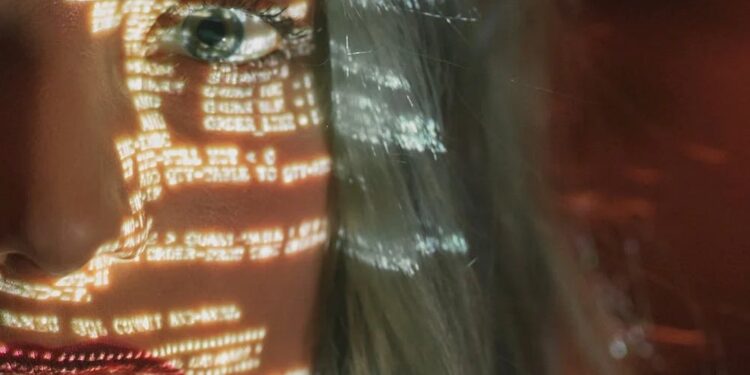
Deepfake technology has come a long way in recent years, with its growth fueled by Artificial Intelligence and Machine Learning advancements. In the past, it was only used to target celebrities, political figures, and other well-known personalities.
Nowadays, many businesses are also becoming a target of Deepfake technology. Despite its rising fame, many people don’t know what Deepfake technology is or what it does. For instance, in 2021, there were some TikTok videos of famous Hollywood actor Tom Cruise doing rounds on social media.
The actor was seen goofing out and about in a clothing store, doing magic tricks, and playing the guitar. Almost ten videos were posted between February and June, but what’s surprising is that it wasn’t Cruise in those videos. Yet the videos were so believable that they garnered millions of views on TikTok. So how’s that possible?
It was all made up using Deepfake technology. This example is a clear demonstration of how terrifyingly convincing this technology is and how it can make anything seem real. In light of several other such incidents, much attention has been directed to the possibilities of the use of Deepfake technology for nefarious purposes.
While some people debate that this technology can be revolutionary and take many industries to the next level, others are concerned about its adverse use. Technology is advancing, which is a great thing. However, we also need to pay attention to using it in the best interest of people. Many industries, including digital forensics, have had to bear the consequences of Deepfake technology in one way or the other.
Therefore, the sooner you keep up with changing trends and new technologies, the easier it will be for you to prevent its negative consequences. This post will serve as a guide to the rise of Deepfake technology. Keep reading to learn more.

What is Deepfake Technology?
In simple terms, Deepfake technology is used to produce AI-generated videos and images that can alter reality or fabricate facts pertaining to events, people, and objects. It comes under the umbrella of Artificial Intelligence (AI) and is used to manipulate images and videos that look real but are not authentic.
Deepfake technology utilizes machine learning algorithms to analyze real data, like photos, videos, and people’s voices, and learn from them. They are then able to generate new images and videos that resemble the original files but are not credible as they have been changed.

How Does Deepfake Technology Work?
Deepfake technology uses Artificial Neural Networks (ANNs) to analyze and learn from data and mimic human actions. These computer systems can read real images, videos, and audio and then create duplicate files with certain changes here and there.
It relies heavily on machine learning and Artificial Intelligence (AI) and gives the illusion of a real video or image. The only difference is that they have picked up on important pieces from the given data and manipulated them to create something it wants.
A Deepfake creator usually uses two types of Artificial Neural Networks (ANNs): a discriminator and a generator. While the latter is used to develop fake data, like the voice or image, the former is used to evaluate how realistic the results seem. It then gives the generator feedback on how to improve the resulting quality.
This cycle keeps on repeating until the generator is able to create data that is convincing enough to deceive the discriminator. This collaboration between the generator and discriminator Artificial Neural Networks (ANNs) is referred to as a Generative Adversarial Network (GAN).
Let’s illustrate this with an example to help you understand better. A developer wants to create a Deepfake video of someone saying something or doing something they have never said or done.
They will first need a source video or image that the generator can study and mimic. They will also need the target audio or video of what they want the person to say or do. Lastly, they will also require a Generative Adversarial Network (GAN).
The GAN system uses the source video or image to analyze the expressions and facial features of the person and utilizes the target audio to produce lip movements that go with the dialogue. The generator will create a new video that is a combination of the original face of the person and the new lip movements.
On the other hand, the discriminator will assess how realistic or forged the new video looks. As mentioned above, the generator will keep improving the results until it passes the test of the discriminator and deceives it.
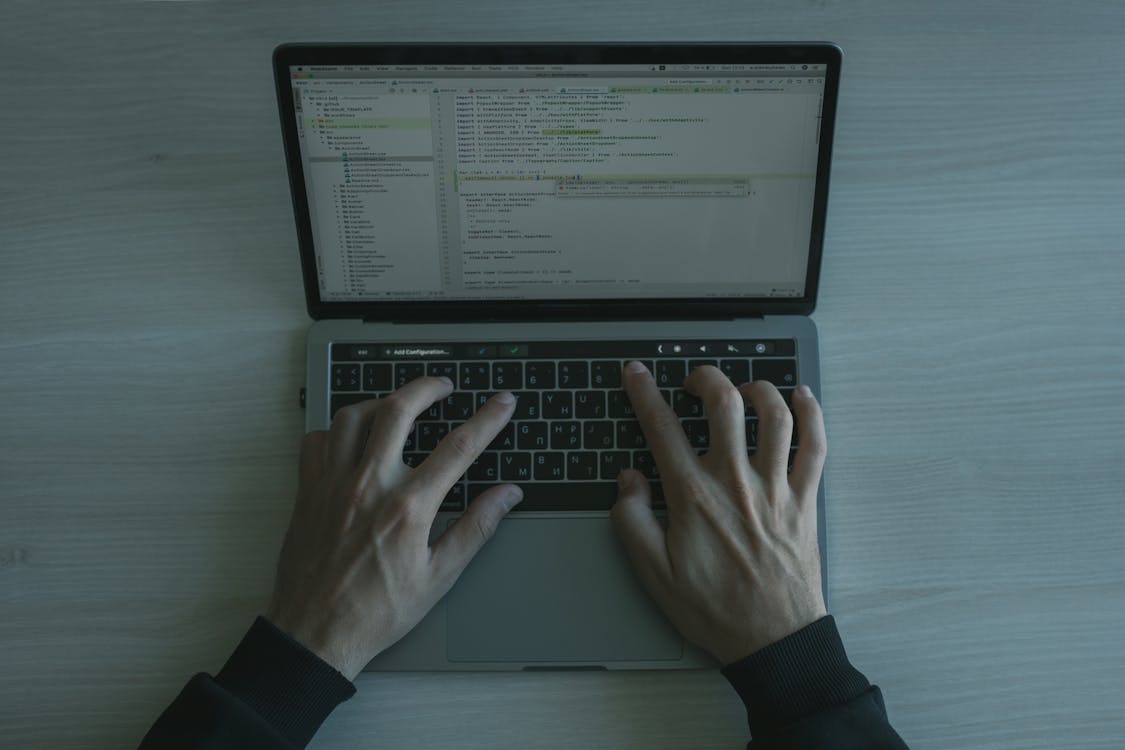
Types of Deepfake Technology
There are several types of Deepfake videos that can be categorized based on the modalities of the input and output, including images, videos, or audio. Some of them are discussed below:
Face Swapping
One of the first and most common types of Deepfake technologies is face swapping. It is used to replace the face of a particular person in an image or a video with another person. This type of Deepfake technology can be used for several purposes, such as entertainment, parody, or impersonation. For example, a comedian’s face over a politician’s torso.
Face Synthesis
Next is face synthesis, a technology that is used to create a completely new face from scratch based on certain attributes, like age, ethnicity, or gender. It is usually employed for purposes such as identity protection, art, and education. It can show the face of a person that doesn’t exist in this world or change the appearance of a person.
Lip Sync
This category of Deepfake technology is used to modify the lip movements of a person in any video to match the target audio. This is done for several reasons, including dubbing, manipulation, or translation.
Voice Cloning
Finally, voice cloning is a kind of Deepfake technology that is used to create a synthetic voice using by mimicking the voice of a real person. While it is commonly used for entertainment and communication, sometimes it is also used to commit fraud.
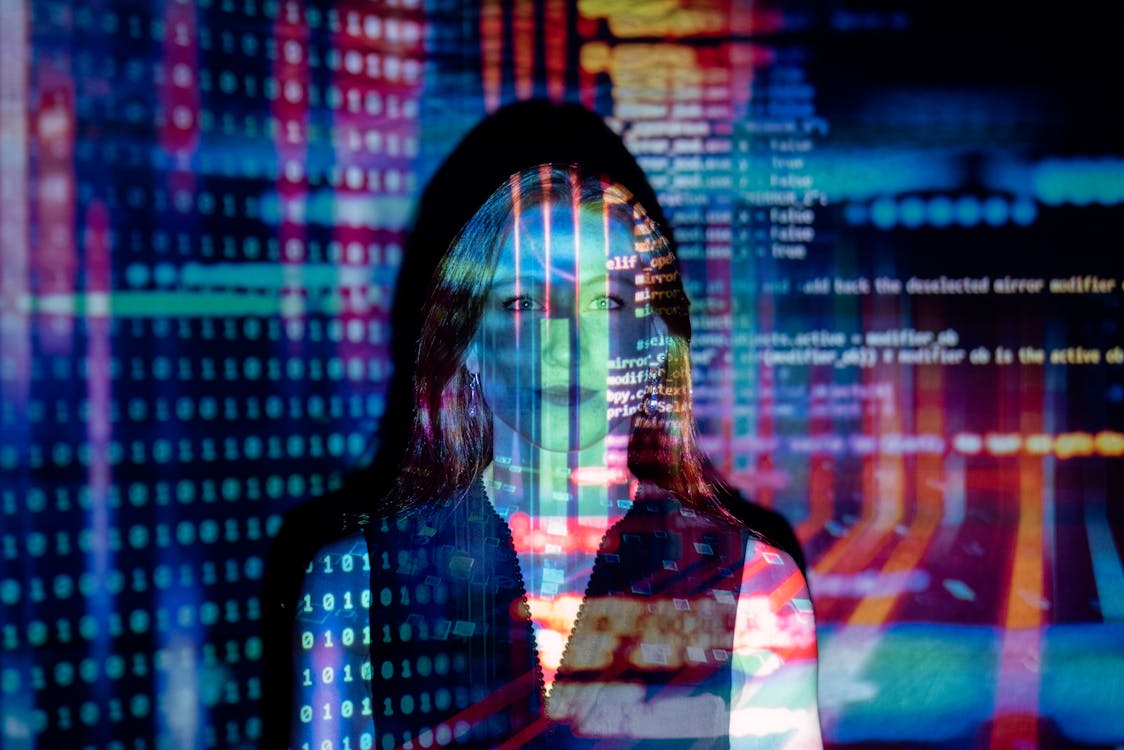
Implications for Digital Forensic Investigations
It’s fair to say that Deepfake technology is very sensitive and highly manipulative. There are more potential downsides to its rise than there are upsides. This includes its impact on digital forensic investigations. While it can yield some amazing results with correct applications, it can also wreak havoc and disrupt the investigation completely if used with nefarious intentions.
Deepfake Technology Can Defeat Facial Biometric Authentication
We all know that facial biometrics, such as face scanning, is used extensively nowadays. They are used in place of passwords and are meant to offer the highest level of protection, limiting access to who can or can’t enter a restricted area or access sensitive data.
However, with Deepfake technology, a realistic-looking image can defeat facial biometrics, allowing any person to access sensitive information. This means an imposter can easily scam the system and break even the highest levels of security.
Altering Digital Evidence
Digital evidence such as images, videos, and audio are key in conducting digital forensic investigations. They are carefully preserved and presented as primary evidence in courts during investigations and trials. But what if the video you have has been alerted or manipulated? It would be considered evidence tampering, making it inadmissible in court.
This can lead to disastrous consequences, such as acquitting a suspect or framing an innocent person for a crime they haven’t committed. It can also be used to cover the trail of a criminal. Just imagine, if all key evidence is at risk of manipulation, how will you differentiate between what’s real and what’s not? And more importantly, how will you conduct your digital forensic investigations?
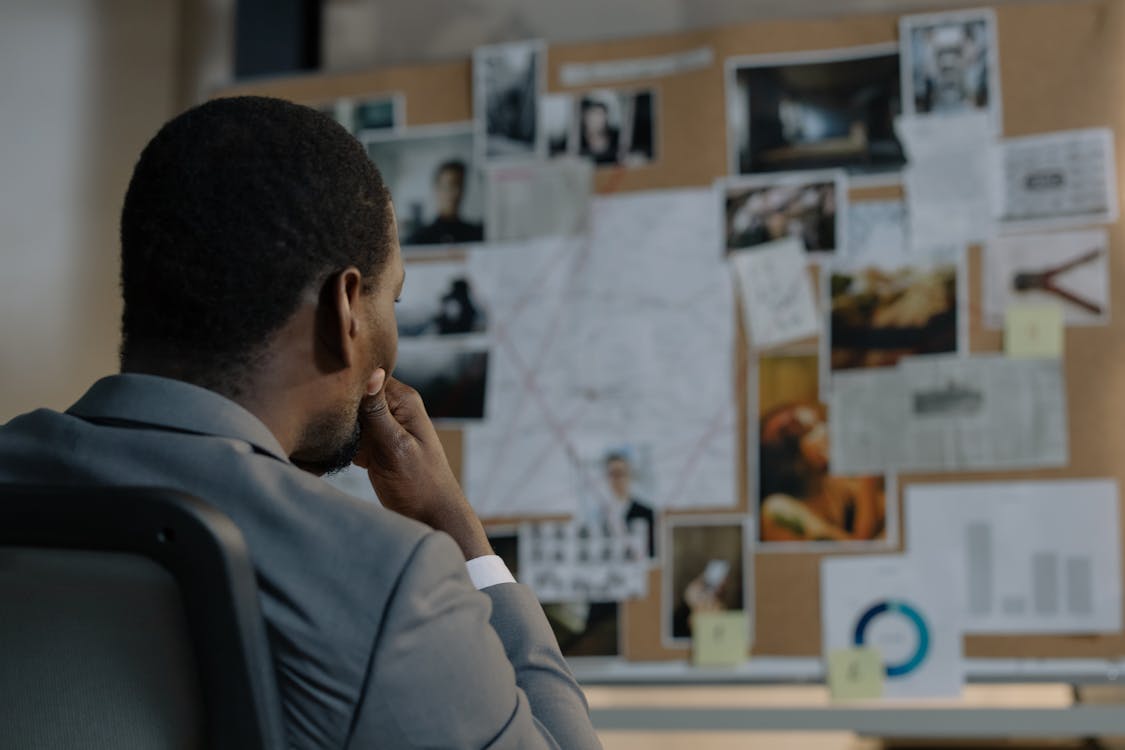
Misleading the Digital Forensic Information
With Deepfake technologies like face swapping, face synthesis, lip syncing, and voice cloning, it is a walk in the park for fraudsters to mislead an entire forensic investigation. Whether it’s the use of voice cloning or face swapping to create fake evidence or trick a person into revealing sensitive information, it can wreak havoc on your investigation.
The case you have built over days, and the evidence you have collected from a crime scene can become useless or invalid in a matter of minutes.
Identity Theft
Identity theft is a common issue in the world of cybercrime. It is the root cause of many frauds and cyber attacks and puts every person at risk of becoming a victim. Think about it; a video or image created using Deepfake technology is as good as a real one. This means it can be used to steal your identity to commit fraud or scams on the internet. This puts you at risk of becoming a suspect in a crime you haven’t even committed.

How Has Deepfake Technology Evolved?
It Has Become Harder to Differentiate
While the quality of Deepfake videos or images was very poor in the past, it has improved significantly in the last few years. This means that before you could easily spot if a video or image were Deepfake, but now you can hardly tell the difference.
There are many tricks and techniques Deepfake creators use to make the image or video as convincing as possible. This means you’re at a higher risk of becoming a victim of fraud or scams.
Easier to Create
Deepfake technology has drastically evolved, making it easier than ever to create a Deepfake video, image, or audio. Although developers needed a lot of computing power and time before, they can now create one in a couple of hours at most. This also implies that the ability to create a fake video or image will soon be accessible to every person, which increases its risk.
More Manipulative
Deepfake technology is already very manipulative, but the power of social media and the internet fuels it. In times where a small video can spread to millions of people in a matter of seconds, just imagine the implications of a Deepfake video or image being circulated on the internet.
Celebrities and famous people are often victims of hate and cyber bullying due to these fake videos or images. If a business was the target, it could weaken the trust of people and ruin its reputation.

Work With Leading Digital Forensics Experts in Florida
There’s a lot more to Deepfake technology than meets the eye, especially when we talk about its effect on digital forensic investigations.
Working together with reliable cyber forensic expert is a great way to delve into the topic and learn how to stop it from adversely affecting your digital forensic investigation.
Eclipse Forensics is a well-known digital forensics company based in Florida. They offer a wide range of forensic services, such as image redaction, mobile device forensics, and video analysis, among others. In addition, they have successfully solved many cases since 2005. They are the go-to choice for clients who want streamlined solutions.
Their skilled experts can assist you every step of the way during a digital forensic investigation, whether you’re dealing with cybercrimes or a more complex criminal case. They are acknowledged for their trustworthiness and credibility in the digital forensics arena.
Get in touch with their team to learn more. On the other hand, you can visit their website to explore their Audio Forensic Services FL, authenticate video forensics services and more.
